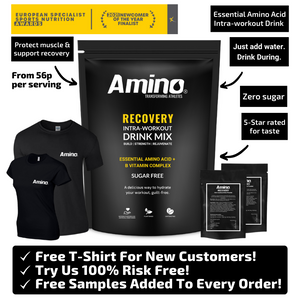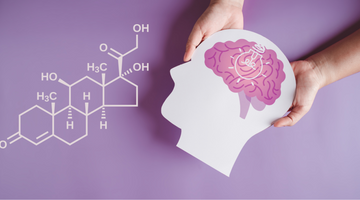The desire to get better is an archaic trait of being human. It’s the reason we have created tools like fire, the wheel, electricity and in internal combustion engine
Throughout our brief history on a geological scale, our need to improve is very evident.
And the same runs true for most of the individuals we work within health and performance setting, they want to see tangible objective improvements in their chosen goals.
But these improvements are very rarely linear and how do we actually know we are improving.
Today we will look at one key method of making sure you are staying on track and how you can implement this immediately.
A KPI or a key performance indicator is the first port of call in this lesson. It is a measurable value that demonstrates how effectively an individual is achieving key training objectives.
Athletes and businesses use KPIs at multiple levels to evaluate their success at reaching targets.
High-level KPIs may focus on the overall performance toward the goals while there may also work alongside smaller ones that support this.
The whole idea is to keep the things that matter to your success clear present and at the forefront of your mind.
In a simple real-world setting losing fat is a common goal, so tracking the fat:muscle mass ratio data is the KPI. This data must be collected in a systematic fashion consistently so the athlete knows the processes that they are undertaking is working or not.
Most processes we put in place have a high likelihood of being incorrect when we are a novice or undertaking a new regime, understanding this makes it easier to be successful in the long run when you recognize that you're not going to get it the first time around. KPI’s help to keep you on track and be constructive, not destructive.
It’s worth noting here that these methods may be more suitable for more advanced athletes as the fear of failure can be off-putting for people who are just starting out.
Using data and numbers is fantastic for getting results but not at the expense of someone's self-esteem. Use them wisely.
More novice athletes will learn to apply techniques like this as they gain more experience and realize its not the end of the world if you miss your goals. Reset and go again, each time you miss your one step closer to hitting it.
Now that we know what KPI stands for and the valuable action it inspires. Too often, organizations blindly adopt industry-recognized KPIs and then wonder why that KPI doesn't reflect their own business and fails to affect any positive change.
Also one of the most important, but often overlooked, aspects of KPIs is that they are a form of communication. As such, they abide by the same rules and best-practices as any other form of communication. Succinct, clear and relevant information is much more likely to be absorbed and acted upon.
In terms of developing a strategy, you should start with the basics and understand what your objectives are, how you plan on achieving them, and who can help you act on this information.
This should be an iterative process that develops over time. Defining key performance indicators can be a tricky business. The operative word in KPI is “key” because every KPI should be related to a specific outcome with a performance measure. KPIs need to be defined according to critical or core business objectives.
To get set up have a scan online and get yourself a spreadsheet set up. KPI’s aren't the be-all and end-all of performance and health and should be selectively used because training without them for general wellbeing and mental stress relief is just as, if not more important.
But for all the athletes who want to take their performance to the next level, you need these in your plan.
Found this useful? Got a question? Email the team at info@drinkamino.com to find out the answer






